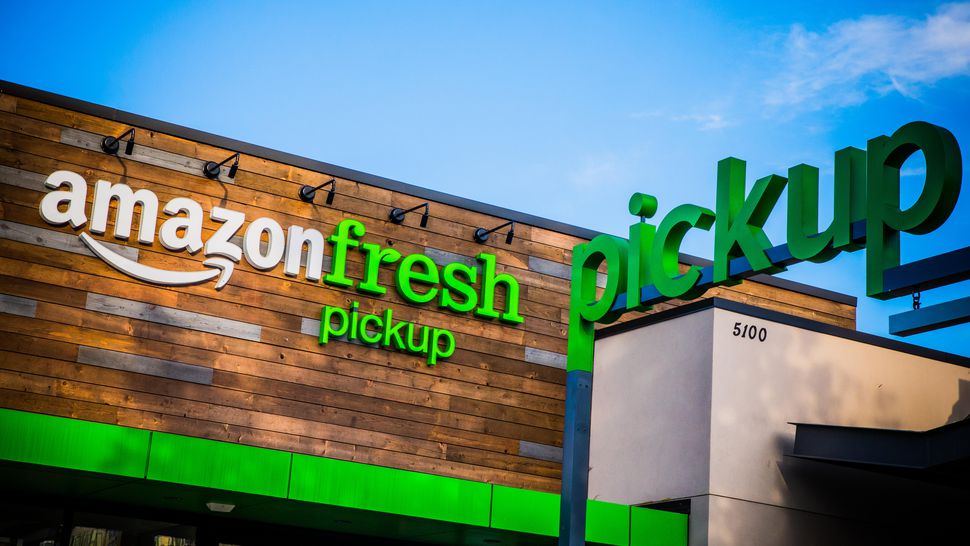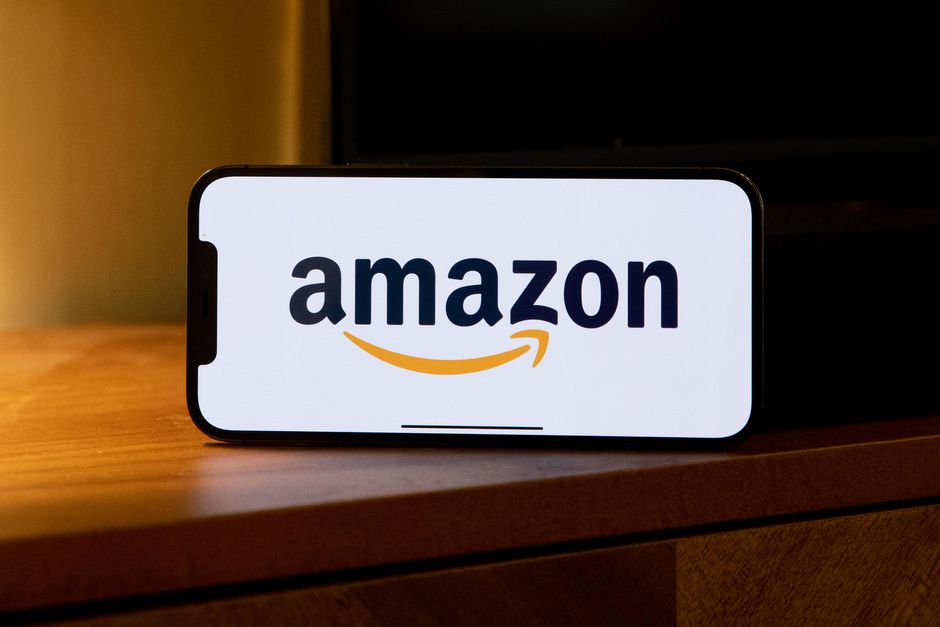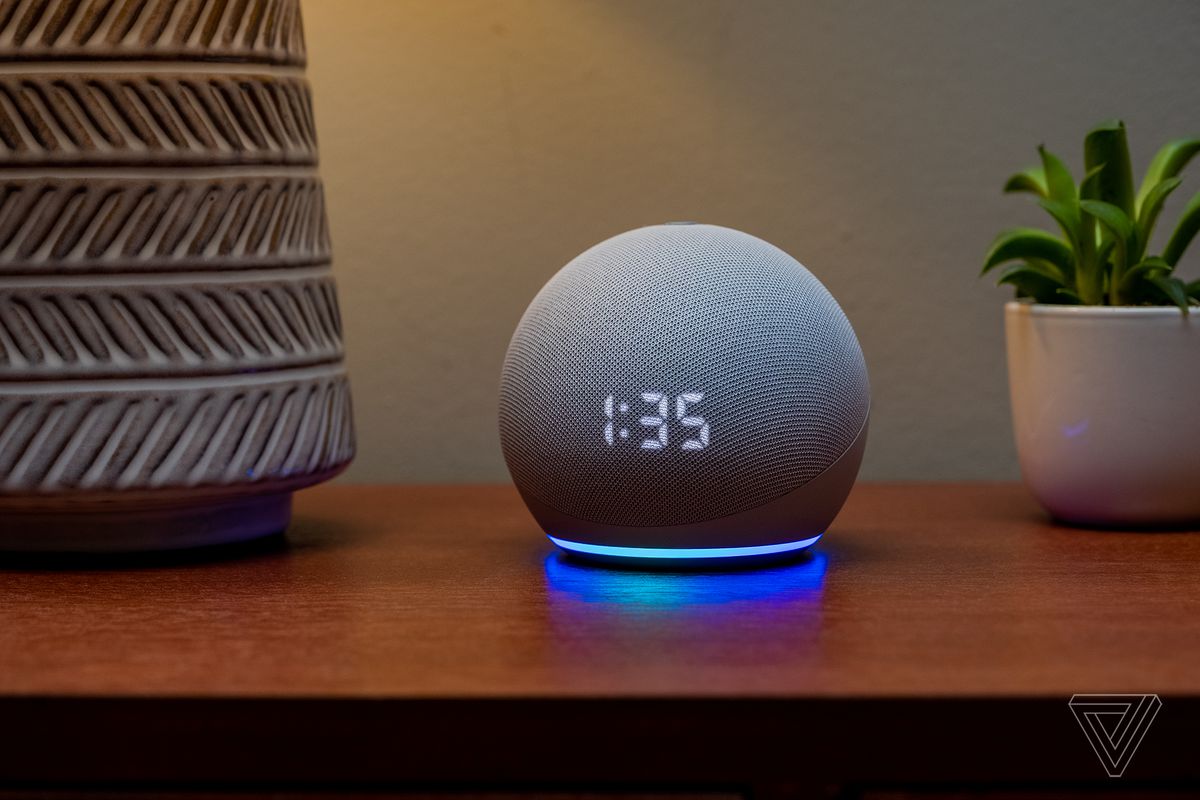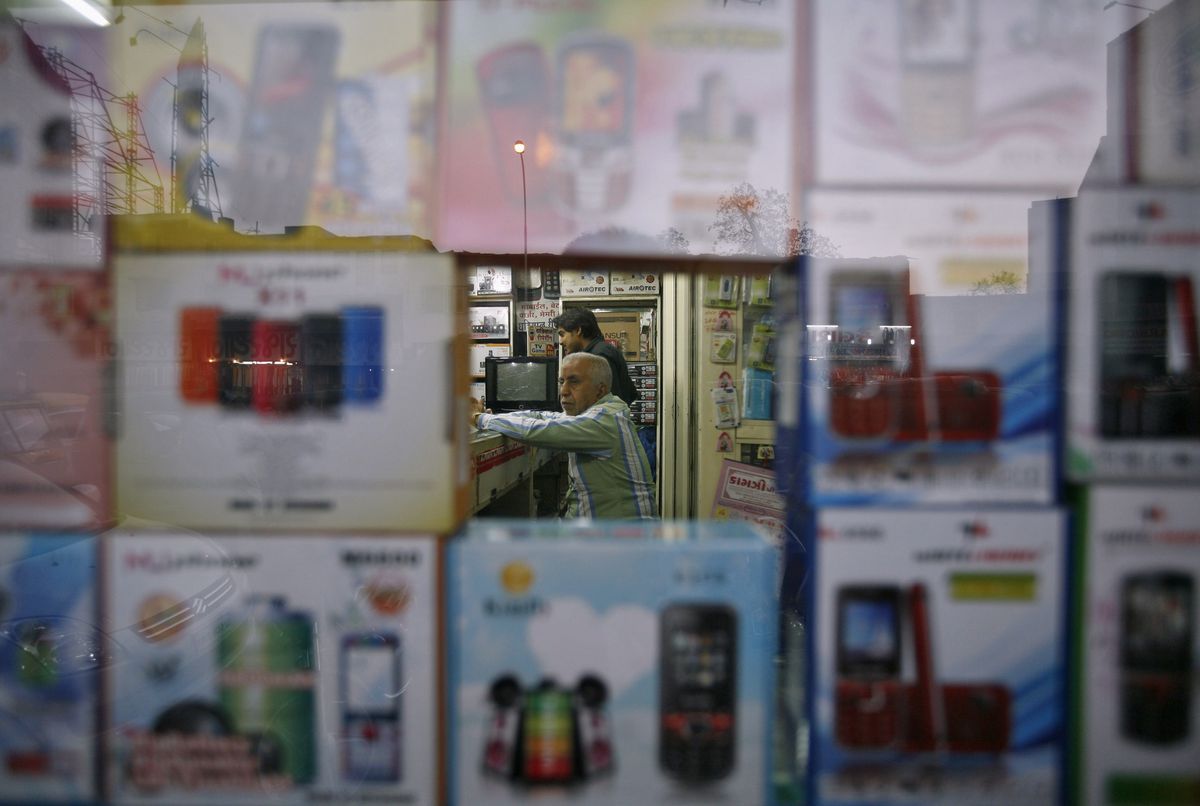The idea was fairly simple. A fast-growing delivery company wants to dip its hand into delivering goods that have a timer attached to them.
If someone is going to make an attempt to deliver goods that can easily perish, who else can take that job other than a company that created a multi-billion dollar business all over the world delivering goods at the doorstep?
It has to be Amazon, doesn’t it? But things weren’t as simple as writing the above paragraph.
What is AmazonFresh?

AmazonFresh is the online grocery shopping unit of the retail-meets-technology giant Amazon. You can shop meat, fresh produce and thousands of other products online at AmazonFresh, schedule your delivery time slot and Amazon will deliver it as early as the same day or the next day.
Amazon has been dabbling in the grocery segment for a very long time. The retail giant made its maiden attempt at delivering groceries in August 2007.
“Starting this month, Amazon will deliver groceries to a few select customers in Washington state,” reads an article by CNBC published on 27 August 2007.
But twelve years later, after spending $13.7 billion to buy Whole Foods, Amazon had just $15 billion of grocery sales to show, less than a tenth of Walmart’s sales in 2018 and less than a fifth of Kroger’s.
Top 10 Grocers in the United States (Ranking by Progressive Grocer)
| 2018 Rank | 2017 Rank | Company | Fiscal Year-End Sales (000) |
| 1 | 1 | Walmart Inc. | $159,809,000 |
| 2 | 2 | The Kroger Co. | $79,240,200 |
| 3 | 3 | Albertsons Cos. Inc. | $61,261,200 |
| 4 | 4 | Ahold Delhaize USA | $46,119,320 |
| 5 | 5 | Publix Super Markets Inc. | $28,535,000 |
| 6 | 6 | H.E. Butt Grocery Co. | $16,451,500 |
| 7 | 8 | Wakefern Food Corp. (*Aggregate of ShopRite, Price Rite and The Fresh Grocer banners) | $16,300,000 |
| 8 | 9 | Amazon (as Whole Foods Market) | $15,655,900 |
| 9 | 10 | Aldi Inc. | $14,664,780 |
| 10 | 12 | Trader Joe’s Co. | $13,000,000 |
Data Source: See the full list at ProgressiveGrocer

Why Such Slow Growth, AmazonFresh?
Amazon is facing entrenched, established players in the market, and the company has struggled to break set customer preferences in the world of grocery shopping.
But Amazon was known for changing established patterns. They made life a living hell for big-box stores. What was the biggest strength of Amazon in the online retail world became Amazon’s biggest weakness in the grocery world:
Lack of physical presence.
Amazon fed into our laziness and the human need to constantly search for convenience by bringing the retail store into our homes. What used to be back and forth trips to big box stores became as simple as clicking a few buttons and getting angry when the box didn’t make it to your doorstep the next day.
The retailer kept attracting millions of customers to subscribe to Amazon Prime, promising quicker delivery, free shipping, surprise discounts and also kept increasing the list of benefits.
The idea was once again a simple one. If you keep increasing the value of a product that costs $99 for a yearly subscription, people are going to stay hooked on to it. What started off as a free shipping program has now grown into a never ending list of benefits.
“We want Prime to be such a good value, you’d be irresponsible not to be a member,” Amazon CEO Jeff Bezos wrote in his 2017 Annual Shareholder letter. “Prime has become an all-you-can-eat, physical-digital hybrid that members love. There’s a good chance you’re already one of them, but if you’re not – please be responsible – join Prime.”
And once the customer hits the Subscribe button, they end up doing most of their shopping there. According to Consumer Intelligence Research Partners (CIRP), Prime subscribers spend twice as much on Amazon – $1,300 on average per year – compared to $700 spend by non-Prime members.
Amazon revealed early this year that the company has more than 100 million Prime subscribers. But, clearly, the millions of subscribers who paid a fee to be an Amazon Prime member didn’t really buy grocery products from Amazon.
Amazon sits at a lowly eighth place in the Top 10 list of grocers in the United States. If not for the $13.7 billion
AmazonFresh is struggling to prove it’s an extremely attractive option for grocery shopping. Customers are used to seeing, touching and feeling groceries before they make up their minds. How often have you walked into the store to buy chicken and walked with fish or meat instead? How often have you decided to not buy a vegetable because it didn’t look fresh? It happens all the time.
But the problem is, it can only happen in the physical world, not in the online world. I still order groceries online, but that’s only a small portion of my grocery shopping. I still prefer the grocery store visit before finalizing my buys for the week. Will my preference change if an online grocery company makes it easier? Not quite.
And that’s the real problem. It’s not about making it easier for me to buy my perishables. It’s about making it easier for me to have a feel of the product before it makes its way into my kitchen.
It will be very difficult for any online grocer to counter this long-established customer preference. The problem is not with AmazonFresh, the problem is shopping grocery online.
Amazon is struggling to break this barrier, and the company understood that it may never break it completely. That’s why Amazon spent more than ten billion dollars to buy itself some physical presence in the grocery world.



